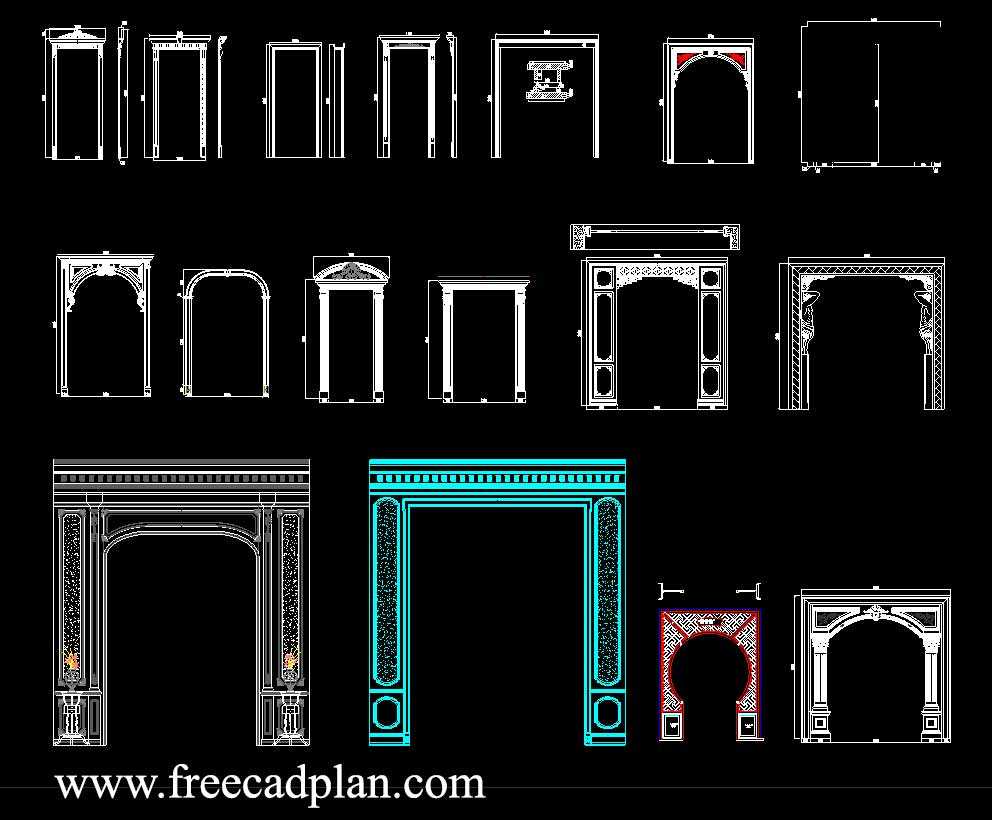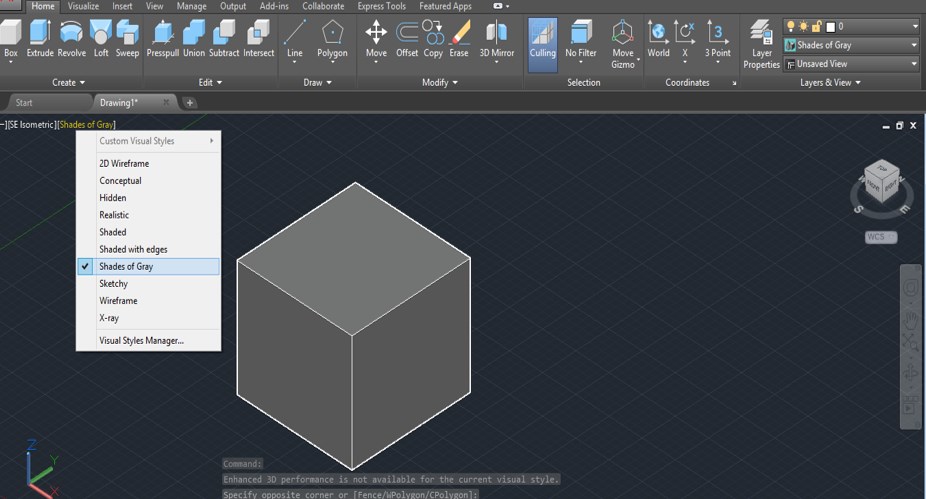

Making changes to the Frame assembly can be quicker using this method, as additional frame members can be added by including sketches on model faces instead of having to create work planes etc. You now have a frame assembly directly linked to model geometry. Finalise the frame design and save as normal.

Make the changes necessary for the assembly, like mitres and notching.Save the frame assembly and note that a skeleton ipt file is being created automatically.Now you can place the frame member just as you would with a skeleton sketch model but using the edges of the solid model instead.
#Make frame using cad generator#
Start the Frame Generator tool and save if prompted.The part model is then saved and inserted into a blank assembly.I created my 3D model of the external shape of the safety cage.I have created a quick model of a roll cage for a racing buggy. In recent years, Autodesk has included the function to allow users to attach frame members to model geometry to reduce the design times.īelow I have created a quick example showing this functionality for you to try out. This is the foundation for building Frames in Inventor using the Frame Generator tool.


He later adds: ''when following these instructions and building your frame, think critically and safely and design conservatively.When placing frame members using Frame Generator, we need a skeletal template to attach the frame members to. He documented the entire project on where you get to see in detail, step by step accounts of creating the bike frame. He also added: ''My goal was to shift away from being restricted by the materials required by the tools, and instead enable you to realize your personal creative vision for what you want your bike to be.'' Then the printed ABS lugs are bonded to aluminum frame tubes and reinforced with carbon fiber and epoxy: ''3D printed pieces can also be used to create 2-part molds for the carbon fiber lug reinforcements, improving both strenth and apperence.'' Additionally, since the tubes are bonded and reinforced with carbon fiber and epoxy, Andrew claims that: ''you can use whatever material you'd like for the tubing - aluminium, steel, carbon fiber, titanium, or bamboo!'' The lugs are 3D printed using ABS on a desktop 3D printer, in Andrews case, an UP! 3D printer: ''The resolution, part quality, accuracy and ability to print support material very easily made it perfectly suitable for the needs of this project.'' Of course, other 3D printers such as MakerBot, RepRaps or Ultimaker can do the same job. The basics of what Andrew does, takes advantage of CAD and 3D printing to build custom lug sockets to define geometry and makes it possible for people to build themselves a unique custom bicycle with unparalleled design flexibility. However, Andrew wanted to: 'design a process for biulding bicycles that allowed an enthusiast to spend less overhead, less time on finicky details, and put the emphasis on actually designing and making a bike that you want to ride.'' If you added all this up you're more than likely already reaching $600 for your first frame. Normally if you make a bike you need to calculate how much it will cost to fabricate a jig, the tools for the frame building and the materials for the bicycle frame itself. Toronto based industrial designer, Andrew Leinonen wanted to make his own bike frame using CAD and 3D printing.


 0 kommentar(er)
0 kommentar(er)
